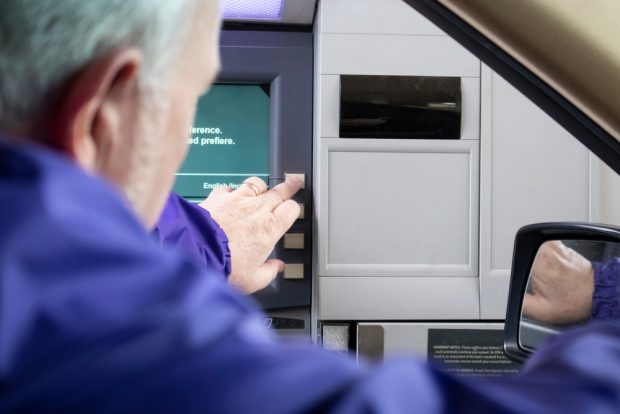 Source: Shutterstock.
Source: Shutterstock.
Although some credit union ATMs have become temporarily inaccessible due to branch closures in recent days, many are working double-time.
So are many of the people who keep those ATMs operational.
Recommended For You
ATM workers, workers needed to keep payments systems going and workers who support financial operations are among those on a long list of "critical infrastructure workers" who should stay on the job, according to a March 19 U.S. Department of Homeland Security memo.
The list, meant to help state and local governments in their response to the COVID-19 situation, identifies workers who do things "essential to continued critical infrastructure viability" and included "workers who are needed to provide consumer access to banking and lending services, including ATMs, and to move currency and payments (e.g., armored cash carriers)."
It's no surprise, then, that companies such as Dolphin Debit and its employees, which manages ATMs for several credit unions, are busy right now.
"Dolphin Debit is working diligently to meet the needs of each of its client credit unions as they strive to cope with the difficult business environment due to COVID-19," spokesperson Kristine Tanzillo told CU Times.
"While Dolphin can't comment on specific issues regarding its clients' ATMs, we can say that every credit union they have spoken with has expressed the utmost concern for the needs of their members. Each one of them is dealing with situations that are unique to their member base, and Dolphin is working closely with them to address those unique concerns," she said.
"It is clear that credit unions are discouraging personal contact and encouraging drive-up banking and ATM usage, in addition to online banking, for the near future. While that may increase the service responsibilities for Dolphin Debit, its technicians and support staff are going above and beyond to make sure that ATMs remain operational and available for credit union members across the country," Tanzillo added.
Although some ATMs are now trapped inside closed branches and stores, many remain open and accessible, according to the ATM Industry Association (ATMIA).
"Although we are not seeing the long lines typical of a hurricane or other natural disaster, the closure of some bank branches, restaurants and retail establishments will make many ATM locations inaccessible," it said in a statement. "Both financial institution and independent ATM operators are working hard to ensure that all available ATMs are functioning properly and that cash replenishment cycles are keeping up with demand," ATMIA said in a recent statement.
"Recent strategies surrounding 'branch transformation' have moved some ATMs into the bank branch from outside locations. Branch closings will make those terminals inaccessible to the public. However, most financial institutions outside of downtown business districts offer drive-thru options that will continue to operate," it added.
Independent businesses operate nearly 60% of all ATMs in the U.S., and that includes many that are "branded" by financial institutions, ATMIA noted.
"Independent ATMs can be found in restaurants, hotels, transportation hubs and retail establishments of all size and sort, as well as in rural areas where bank coverage is thin. For all those locations that remain open and accessible, independent operators are committed to making certain that their ATMs have cash available and are functioning properly," it added.
© 2025 ALM Global, LLC, All Rights Reserved. Request academic re-use from www.copyright.com. All other uses, submit a request to [email protected]. For more information visit Asset & Logo Licensing.







